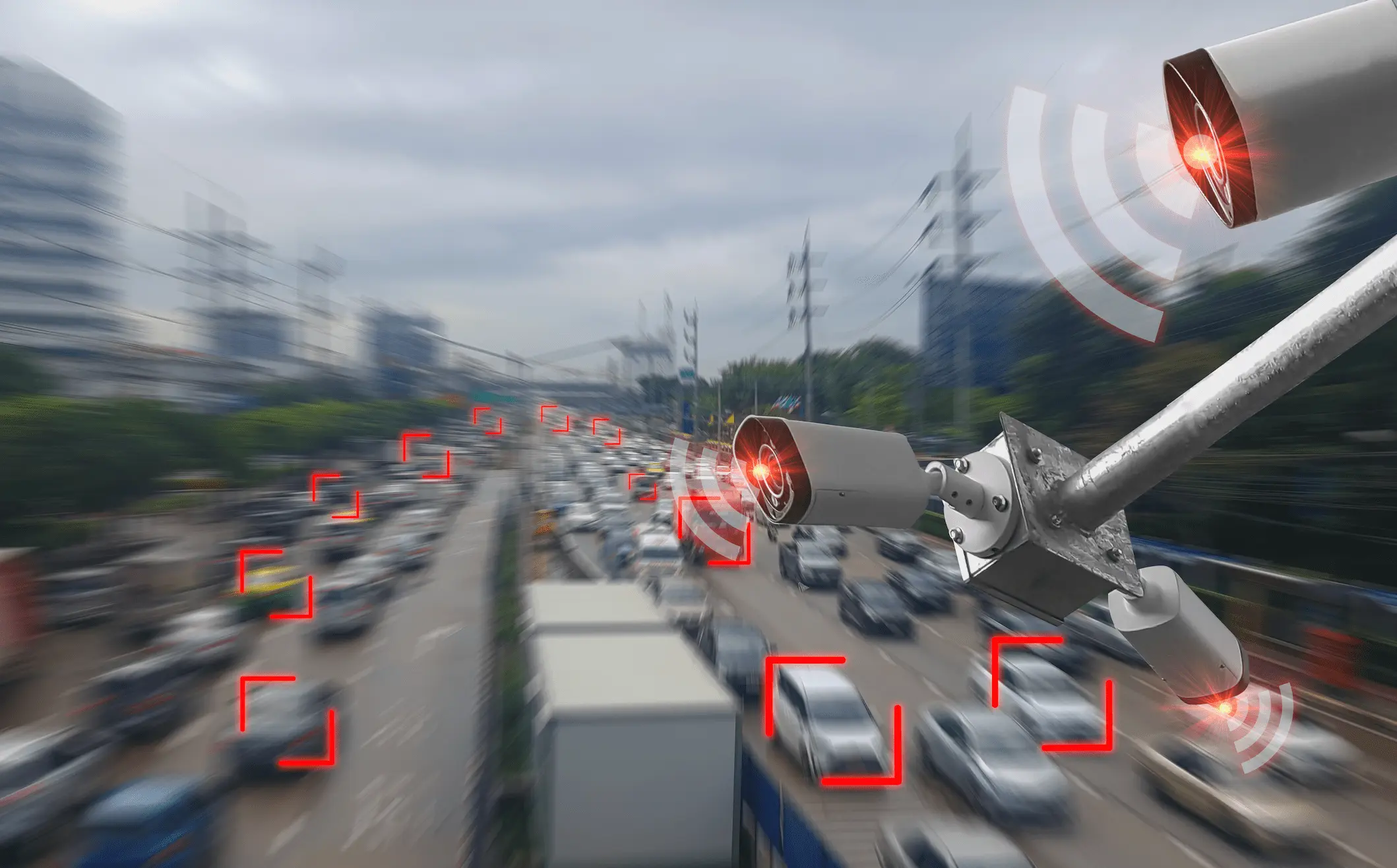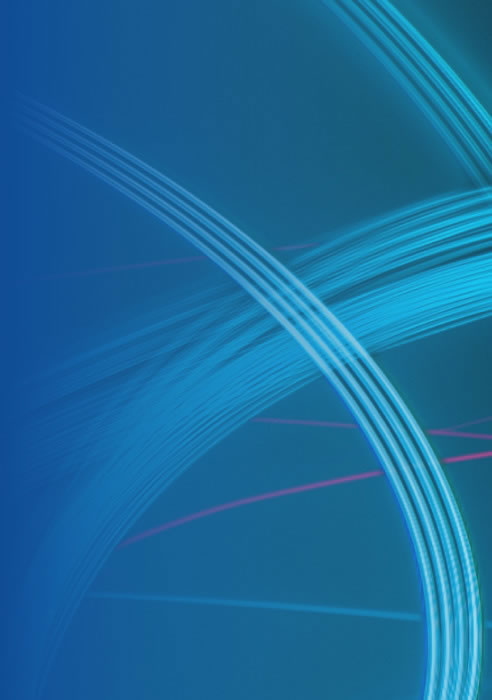
Canon’s video content analytics (VCA), when integrated with CCTV cameras, is able to analyse recorded footage and turn raw data into actionable insights. These insights can enhance security, improve operational efficiency, and even provide valuable business intelligence. The best part? There’s no need to overhaul the existing CCTV infrastructure. For businesses looking to detect anomalies, track movement patterns, or automate alerts, VCA makes their existing surveillance systems more intelligent. Let’s take a look at five applications CCTV cameras become capable of when powered by VCA.
Keeping Patients Safe with Real-time Fall and Distress Detection
VCA is revolutionising healthcare with its ability to detect falls and distress situations instantly. Buoyed by its real-time monitoring and analysing features, the system automatically identifies incidents such as an elderly person falling and immediately sends alerts via email, mobile phone, or desktop notifications. This allows caregivers or nurses to respond quickly, preventing further injury and improving patient safety. For sensitive areas like bathrooms, sound and LiDAR-based recognition technologies can identify distress situations through detecting screams or cries.
Furthermore, VCA offers the added benefit of privacy masking, which can blur out faces or people. Such integration of CCTV with advanced fall detection and privacy masking technologies allows healthcare institutions to achieve the three goals of patient safety, fast response time, and respect for personal privacy.
Elevate Access Control with Facial Recognition
Managing multiple offices and sites can be a mammoth and complex task, but with centralised management, businesses can streamline security and operations for greater efficiency. Instead of deploying staff across various locations, they can now monitor multiple premises from a single location, significantly reducing costs while improving oversight.
In addition, facial recognition technology has evolved dramatically, thanks to deep learning. The system will “pre-learn” from a repository of facial data and then generate a Deep Neural Network model. From this model, it will extract the data and compare with the facial features in the captured images. This allows for precise identity authentication.
By integrating Canon’s facial recognition with door access control, businesses can now prevent unauthorised entry into restricted areas. Administrators also have full flexibility to set up role-based access control, defining who can enter which areas. For example, they can make it such that only the CFO and his immediate subordinates will be able to enter his office, where sensitive documents may be stored.
Besides physical access, Canon’s facial recognition in its printers’ Secure Print feature helps to protect the confidentiality of documents. Only authorised individuals can, upon verification, release print jobs or scan documents to designated accounts, thus preventing sensitive business information from landing in the wrong hands.
Monitor Suspicious Behaviours and High-risk areas
Reports of bullying and violence in schools and workplaces are on the rise, and the pressure is on schools and employers to implement proactive safety measures. With VCA, incidents of violence and harassment will automatically be detected in real time, triggering alerts for immediate intervention before situations escalate.
Beyond behavioural monitoring, Canon’s solutions can boost security by detecting unauthorised entry into restricted or high-risk areas, or suspicious behaviours such as loitering near staircases or gates. Instant alerts are disseminated, enabling security teams to mitigate the threats in a timely fashion.
What's more, security personnel can now upload photos to a database, or flag suspicious individuals captured in video footage and place them on a watchlist. Utilising facial recognition, they will automatically be alerted when the blacklisted individual is detected near the premises. This allows for swift action to prevent potential threats.
Finally, VCA is also capable of attire detection. Within the aerospace environment, for example, it is a requisite for personnel to wear vests. For construction workers, they need to don their personal protection equipment before they can enter a worksite. AI can be trained to recognise and flag personnel who are not adhering to the stipulated dress code. Companies can now automate safety and regulations by sending alerts to personnel and denying entry to those not wearing the mandatory safety gear.
Revolutionising Traffic and Carpark Management with Licence Plate Recognition (LPR)
Another technology that VCA has made possible is LPR, a game-changer in urban and private facility management. By integrating VCA with CCTV cameras along expressways and roads, personnel can now monitor traffic flow, detect accidents, and enforce road safety regulations. Law enforcement personnel can also identify and track vehicles in various scenarios, such as those fleeing a crime scene.
LPR also enhances car park management by automating entries and exits. It eliminates the need for physical tickets or access cards by identifying vehicles through their licence plates. In school campuses or corporate offices, it will grant access only to authorised licence plate numbers. Such automation reduces the risk of human error.
Crowd Management and Shopper Profiling
Another salient feature of VCA is its ability to provide real-time insights into crowd dynamics. With features like people counting and heat mapping, security teams can monitor crowd flow, identify high-traffic areas, and detect unusual behaviour, enabling them to optimise staff allocation during peak periods.
Heatmaps provide insights into crowd density, movement patterns, and dwell times, allowing authorities to predict congestion and take preventive action in high-traffic areas like stadiums, airports, shopping malls, and public transportation hubs.These insights help improve safety by preventing overcrowding, guiding people to less congested areas, and triggering alerts for suspicious activity or potential hazards.
In retail, heatmaps and people counting—enhanced by radar and LiDAR—reveal shopper demographics, movement patterns, dwell times, and engagement with displays. These insights help store managers assess the effectiveness of promotional booths or shelves, identify high-interest zones, and tailor layouts and marketing strategies to boost engagement and sales.
The same feature can also be utilised for retail context. Heatmaps and people counting — buoyed by technologies like radar and LiDAR— offer deep insights into shopper behaviour. They track foot traffic, movement patterns, dwell times, and interactions with displays. With this data, store managers can evaluate the performance of promotional areas, pinpoint high-traffic zones, and refine store layouts and marketing strategies to increase engagement and drive sales.
Want to find out more about Canon’s VCA? Get in touch with our consultants today and find out how it can help drive your operational success.

Take The Steps Forward
Let's work together and uncover digital opportunities starting today.


